|
|
General: YHWH=TETRACTYS=EQUILATER TRIANGLE=LAST SUPPER=666=13
Elegir otro panel de mensajes |
|
|
The Strange History of Masons in America
Often the subject of conspiracy theories, Masons captured the allegiance of much of the early American elite.
Take out a dollar bill (United States currency, that is). Look at the back. On the left side, granted as much space as the American eagle symbol on the right, is a seeing eye and a pyramid, placed there for no apparent reason. But for those in the know, the eye above the pyramid is a Masonic symbol, produced by a secret society which has influenced American history from its beginnings. In Masonic lore, the pyramid symbol is known as a sign of the eye of God watching over humanity.
The Masons have been both criticized and praised for their influential role in U.S. history.
George Washington reached the top level of the Masons on August 4, 1753, securing the leadership of the influential lodge in Alexandria, Virginia. Washington was not alone among the founding founders; some scholars say as many as twenty-one signers of the Declaration of Independence were Masons. Many historians note that the Constitution and the Bill of Rights both seem to be heavily influenced by the Masonic “civil religion,” which focuses on freedom, free enterprise, and a limited role for the state.
In Europe, the Masons were known for plotting against royal governments. In America, they became known for promoting Republican virtues of self-government.
Masonic thought influenced American history: the Masons were opposed to the claims of royalty—a strong influence on the development of the American revolt against Britain which culminated in the Revolutionary War. They were also known for their opposition to the Catholic Church, another international organization that competed for allegiance.
While the Masons captured the allegiance of much of the early Republic’s elite, the group did fall under widespread suspicion.
Today’s Masonic lodges in the U.S. have a largely benign public image, seen as a place for smalltown businessmen (the order is limited to men) to engage in social gatherings, networking, and opportunities for charity. But the group, with its secret symbols and handshakes, was not always so harmless.
The United States Masons (also known as Freemasons) originated in England and became a popular association for leading colonials after the first American lodge was founded in Boston in 1733. Masonic brothers pledged to support one another and provide sanctuary if needed. The fraternity embodied European Enlightenment ideals of liberty, autonomy, and God as envisioned by Deist philosophers as a Creator who largely left humanity alone.
Those theological views created friction with established Christian churches, particularly Catholics and Lutherans. While the Masons captured the allegiance of much of the early Republic’s elite, the group did fall under widespread suspicion. The William Morgan affair of 1826—when a former Mason broke ranks and promised to expose the group’s secrets—threatened its demise. Morgan was allegedly abducted and presumed killed by Masons, and the scandal proved a low point in the public image of the fraternal order.
The anti-Mason backlash grew. Abolitionists like John Brown railed against the often pro-slavery Masons. Prominent figures including John Quincy Adams, a former president and former Mason, and publisher Horace Greeley joined in the widespread castigation. Future president Millard Fillmore called Masonic orders nothing better than “organized treason.” In 1832, an anti-Masonic party ran a one-issue candidate for president. He captured Vermont’s electoral votes.
American Masons were not above engaging in controversial foreign adventures. In 1850 a contingent of American Masons and Mexican War veterans invaded Cuba to foment a rebellion against the Spanish crown. The group failed to gain a foothold and retreated after suffering heavy casualties. Its leaders were later tried in New Orleans for violating U.S. neutrality laws.
The group’s long-term fraternalism and secrecy has traditionally served as a vehicle of exclusion, not inclusion. Today, its reputation is buttressed by an affilation with the Shriners, a related fraternal group noted for its charity and health work. The Masons’ revolutionary and sometimes violent past now serves as a kind of historic footnote as the order established itself as a placid participant in the American social fabric. Even with its controversial past, it’s hard to imagine the Masonic order serving as a contemporary hotbed of violent insurrection.
https://daily.jstor.org/the-strange-history-of-masons-in-america/ |
|
|
|
|
Astronomical alignment[edit]
Looking east through nave on 23 June 1976, two days after the summer solstice Mary Magdalene's relics in the crypt
In 1976, Hugues Delautre, one of the Franciscan fathers charged with stewardship of the Vézelay sanctuary, discovered that beyond the customary east-west orientation of the structure, the architecture of La Madeleine incorporates the relative positions of the Earth and the Sun into its design. Every June, just before the feast day of Saint John the Baptist, the astronomical dimensions of the church are revealed as the sun reaches its highest point of the year, at local noon on the summer solstice, when the sunlight coming through the southern clerestory windows casts a series of illuminated spots precisely along the longitudinal center of the nave floor.[13][14][15][16][17]
|
|
|
|
|
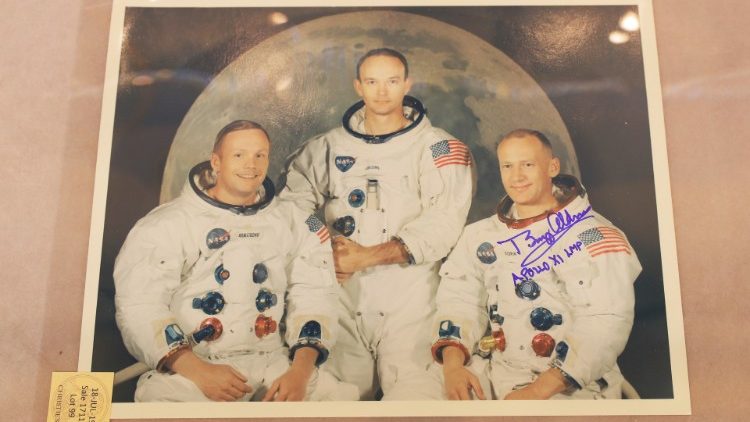 archivo archivo
13 julio 1969: Pablo VI recuerda en ángelus la primera misión del "Apollo 11"
El Osservatore Romano, recuerda esta efemérides, en lo que fue un momento histórico, que marco el mundo. Marcello Filotei recuerda el 20 de julio cuando los astronautas llegaron a la luna
Patricia Ynestroza-Ciudad del Vaticano
“La ciencia ficción se hizo realidad el 20 de julio de 1969, cuando los astronautas estadounidenses Neil Armstrong y Buzz Aldrin pisaron la luna a la que habían llegado después de cuatro días de viaje a bordo del Apollo 11. El tercer miembro de la misión, Michael Collins tuvo mala suerte, a pesar de que él dijo que no”.
Filotei recuerda que Collins era el único que podía pilotar el módulo de mando, y tenía que permanecer en órbita mientras los otros dos saltaban a la superficie lunar mientras el mundo los miraba en mundovisión. Era necesario, sin él, la misión no habría tenido éxito, pero no “debería haber sido fácil mantenerse alejado como Moisés para contemplar la "Luna prometida" sin poder alcanzarla. En cada órbita durante 48 minutos permaneció fuera del contacto por radio con la Tierra, las emociones que sintió, según informó, no eran de miedo ni de soledad, sino de "conciencia, anticipación, satisfacción, confianza, casi exaltación". En cualquier caso, continuó: "es desde los tiempos de Adán que nadie ha conocido semejante soledad humana".”
El momento de bajar a la luna
Los otros dos astronautas, tomaron más tiempo del esperado para salir del transbordador, “porque la mochila que llevaban detrás de ellos para asegurar su supervivencia era demasiado grande para pasar fácilmente por la escotilla”, cuenta Filotei, después de haber recolectado más de veinte kilogramos de piedras y haber plantado la bandera, en realidad solo lograron clavarla algunos centímetros porque el suelo era particularmente duro, regresaron a la nave.
Ante las maravillas de Dios ¿qué es el hombre?
Armstrong y Aldrin antes de regresar a la nave, dejaron en la superficie lunar una placa de oro en la que estaba grabado el Salmo 8: "Cuando veo tus cielos, obra de tus dedos, la luna y las estrellas que tú formaste, Digo: ¿Qué es el hombre, para que tengas de él memoria, y el hijo del hombre, para que lo visites? Le has hecho poco menor que los ángeles, y lo coronaste de gloria y de honra. Le hiciste señorear sobre las obras de tus manos; Todo lo pusiste debajo de sus pies”.
Papa Pablo VI quiso este mensaje en la luna
El mensaje al cosmos le había sido confiado por Pablo VI, quien ya había dirigido su pensamiento a la misión una semana antes. Fue el 13 de julio cuando el Papa Montini enfatizó que el momento iba "más allá de los elementos descriptivos de este hecho único y maravilloso". Se estaba haciendo historia y lo que más sorprendió al Papa fue "ver que no se trata de sueños". "La ciencia ficción se convierte en realidad", dijo, pero no se detuvo allí, sino que captó un aspecto particular de la misión: "Si consideramos la organización de cerebros, actividades, instrumentos, medios económicos, con todos los estudios, experimentos, Los intentos, la hazaña, la admiración se convierte en reflexión y la reflexión se curva sobre el hombre, el mundo, la civilización, de donde brotan novedades de tal sabiduría y de tal poder ".
Una vez más volvieron a surgir las preguntas habituales: "¿Quién es capaz de hacer tanto? tan pequeño, tan frágil, tan similar al animal, que no cambia y no sobrepasa por sí mismo los límites de sus instintos naturales, y tan superior, tan maestro de las cosas, ¿tan victorioso en el tiempo y el espacio? ¿Quiénes somos? Seiscientos millones de personas vieron la luna en vivo. La intuición de Pablo VI llamó la atención sobre la mano del hombre, colocando "esta criatura de Dios, incluso más que la misteriosa Luna, en el centro de este viaje".
https://www.vaticannews.va/es/papa/news/2019-07/efemerides-papa-pablo-vi-llegada-a-la-luna.html |
|
|
|
|
|
|
|
LAST UPDATED: 27 NOVEMBER 2024
You may know Paris for its cathedral Notre-Dame, the Eiffel Tower, its café culture and its amazing museums and art galleries. The French capital is also famous for its fantastic perspective that runs from the Louvre to La Défense. This is the ‘Voie Triomphale’, aka the Historical Axis of Paris.
This line is one of the most prestigious perspectives in the world. In fact, its design has inspired cities such as Buenos Aires, Washington DC, New Delhi and Canberra. In this article, we’ll learn more about the Historical Axis of Paris. We’ll discover the stunning monuments and I reveal to you some stunning facts.
What is the Historical Axis of Paris?
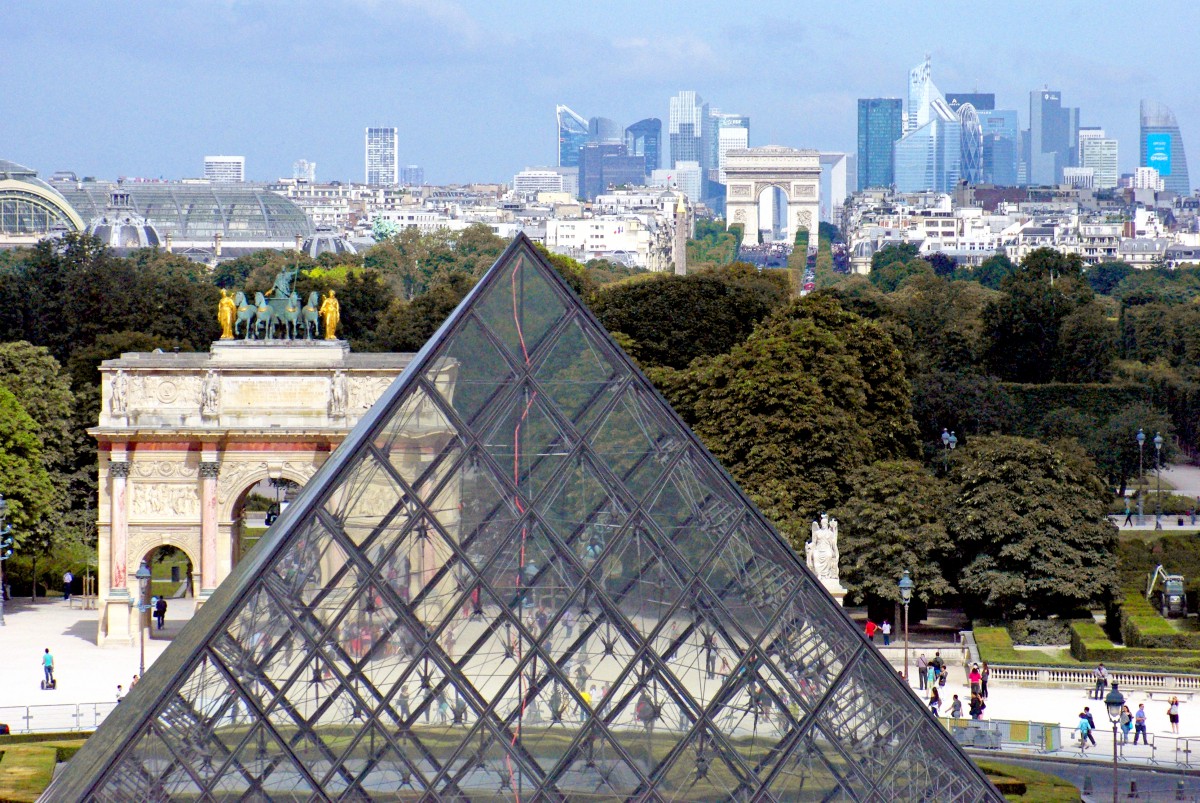 The glass pyramid and the historical axis of Paris © French Moments The glass pyramid and the historical axis of Paris © French Moments
The Historical Axis, also known in French as “Axe Historique”, “Voie Triomphale” or “Voie Royale” is orientated on a 26° angle.
It follows the course of the Sun from its rising in the East to its setting in the West.
Oddly, this angle of orientation is the same as that of Paris’ Notre-Dame Cathedral, some 1,000 metres away from the Louvre Palace.
More than just a series of monuments placed along the axis, it seems that a complex symbolism was at work in the mind of the successive urban planners.
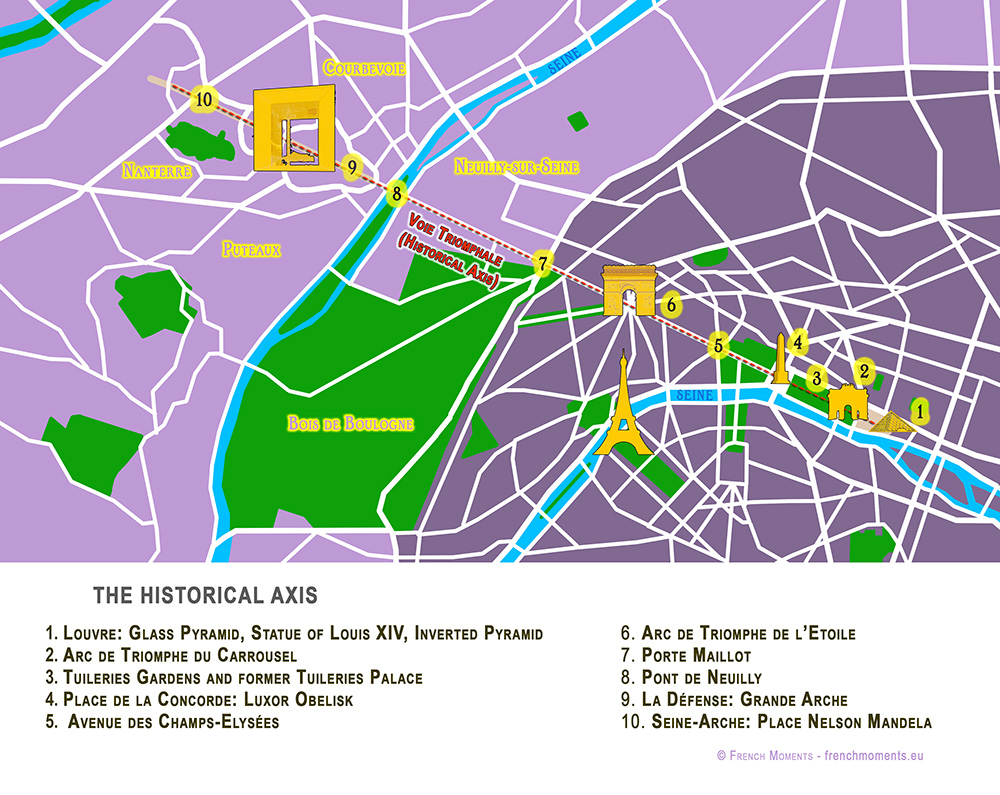
The Historical Axis runs through some of Paris’ most celebrated monuments and squares:
Let’s move along the Historical Axis of Paris, from East to West, starting from the Louvre.
The Palace of the Louvre
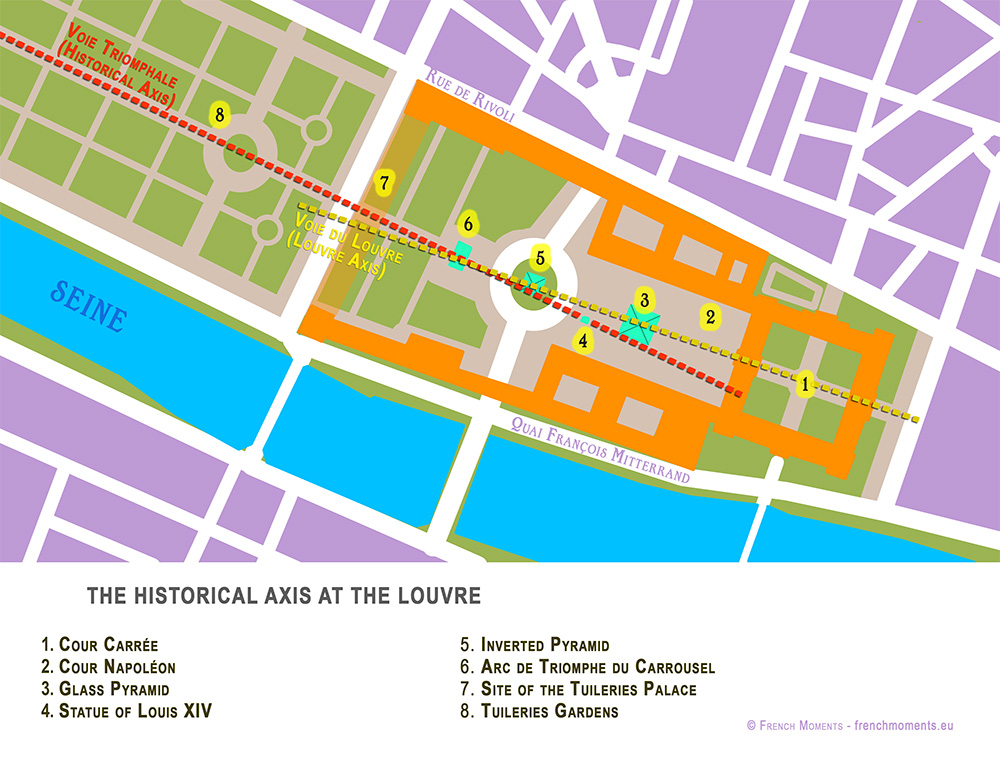
Today the great perspective starts at the Louvre, immediately beyond the Church of St Germain l’Auxerrois.
The crab-shaped Palace was the main residence of the kings of France until 1682, when Louis XIV, the ‘Sun King’, moved his court to Versailles. It currently houses one of the world’s most wonderful museums in a complex that is known as the “Grand Louvre”.
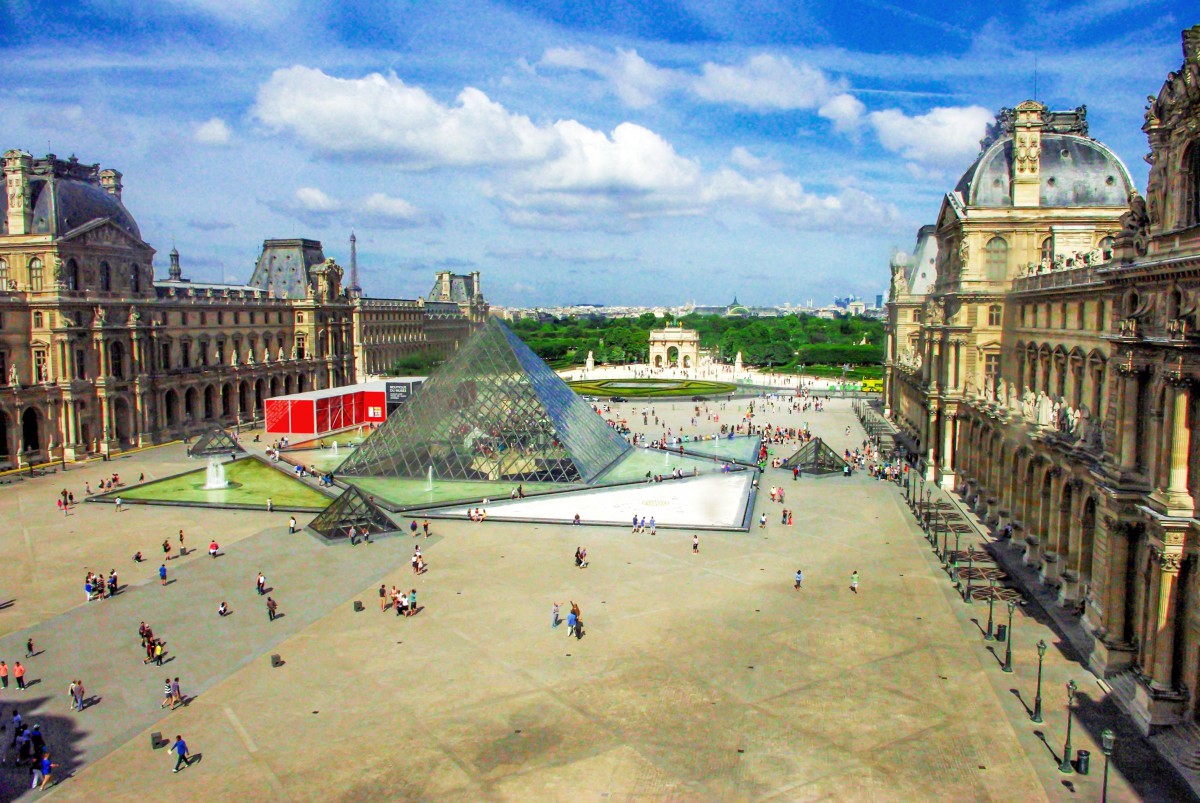 The Louvre today © French Moments The Louvre today © French Moments
The controversial glass pyramid of the Louvre
President François Mitterrand left his mark with his pharaonic project of “Le Grand Louvre”. He wished to complete it for the bicentennial celebration of the French Revolution in 1989. The titanic project comprised of major renovation works and the construction of a new landmark along the Historical Axis: the celebrated (and controversial) Glass Pyramid.
But if you look closer, you’ll notice that the glass pyramid is not aligned with the other monuments on the Historical Axis.
That’s why something had to be added in this vast courtyard of the Louvre…
https://frenchmoments.eu/historical-axis-of-paris-la-voie-triomphale/ |
|
|
 Primer Primer
 Anterior
31 a 45 de 45
Siguiente Anterior
31 a 45 de 45
Siguiente
 Último
Último

|
|
| |
|
|
©2025 - Gabitos - Todos los derechos reservados | |
|
|

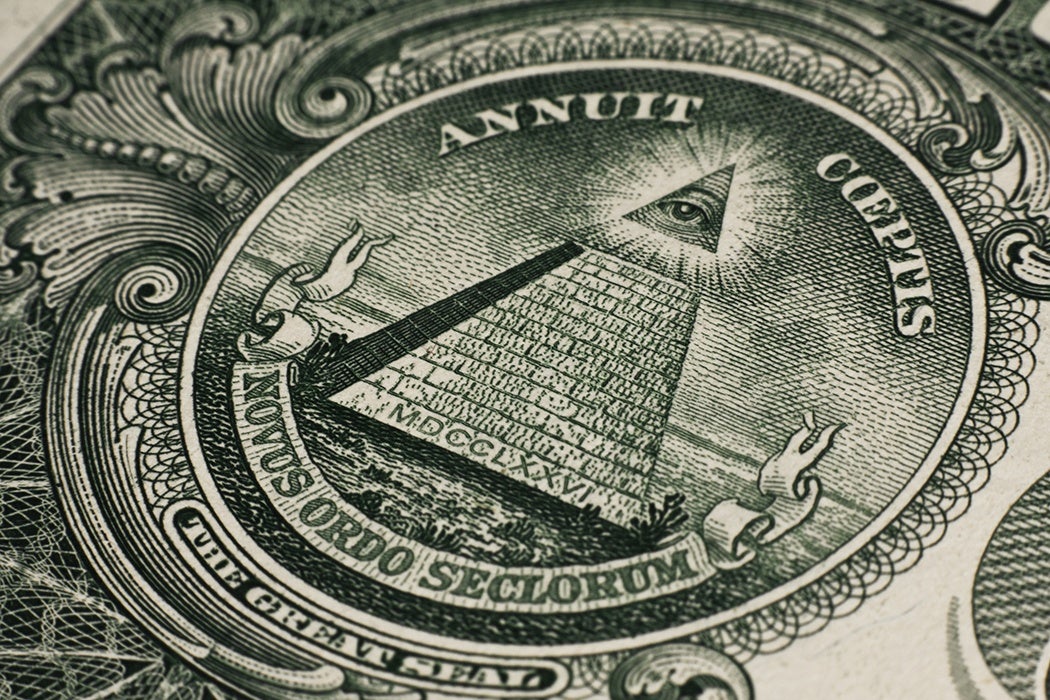

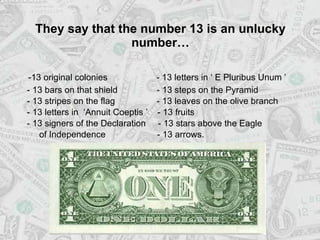

![That's one small step..." —Neil Armstrong [1024 x 1333] : r/QuotesPorn](https://i.imgur.com/lfLGX.jpg)
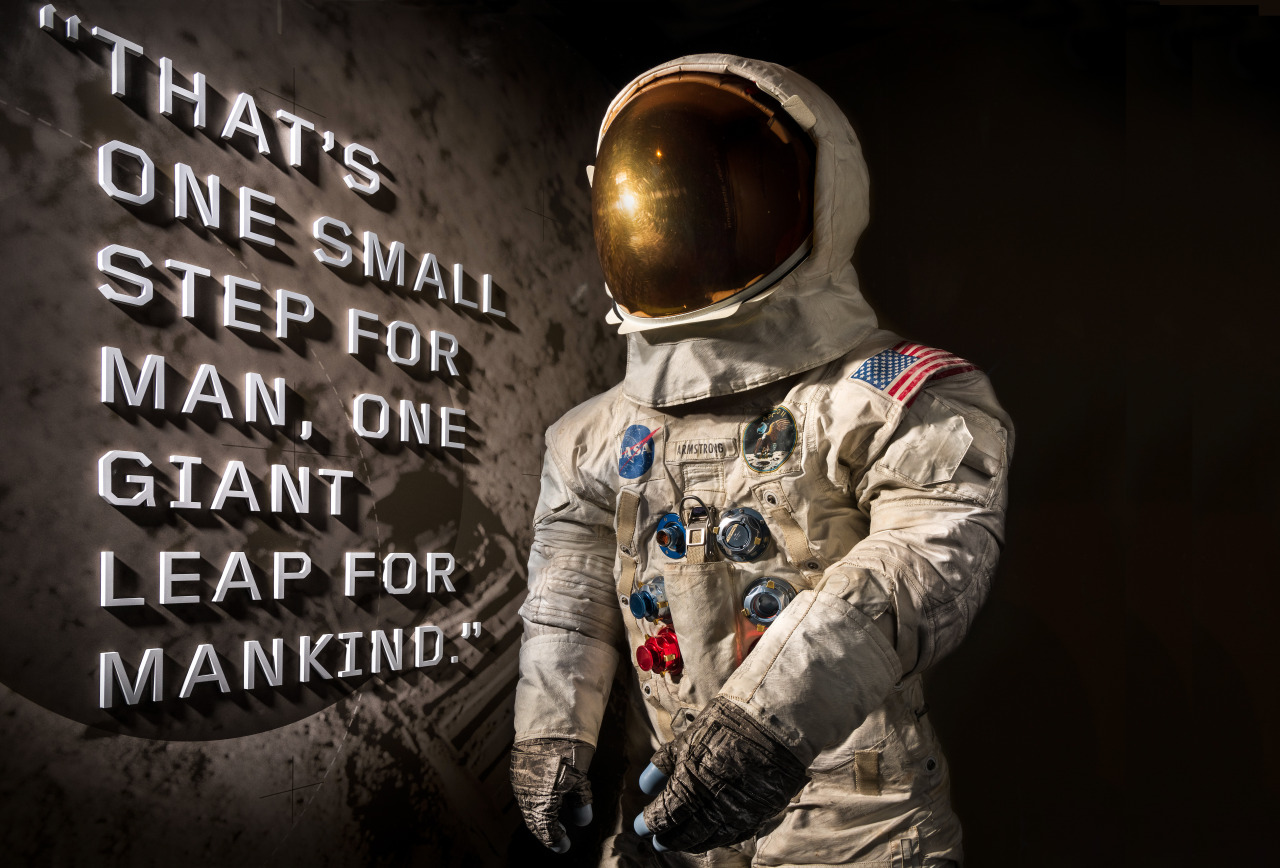

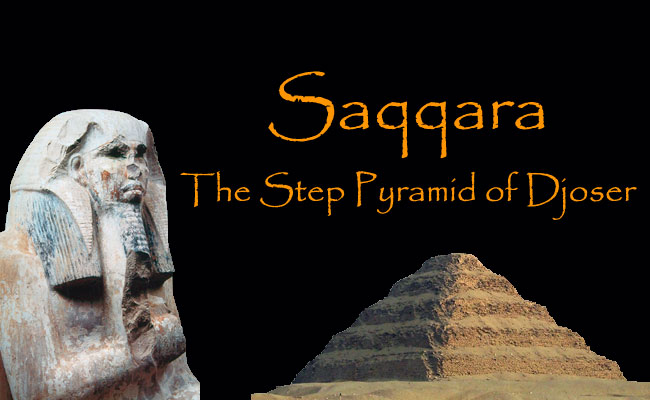

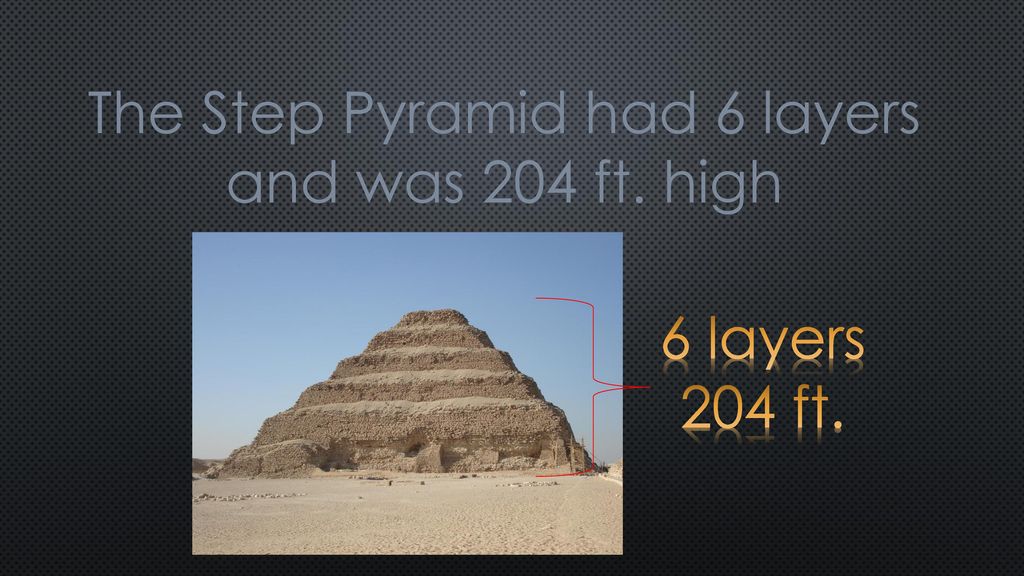






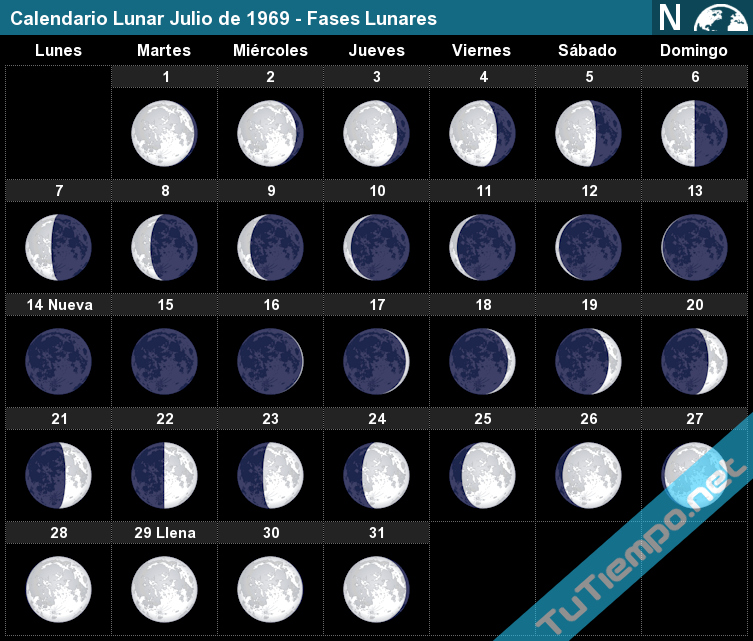


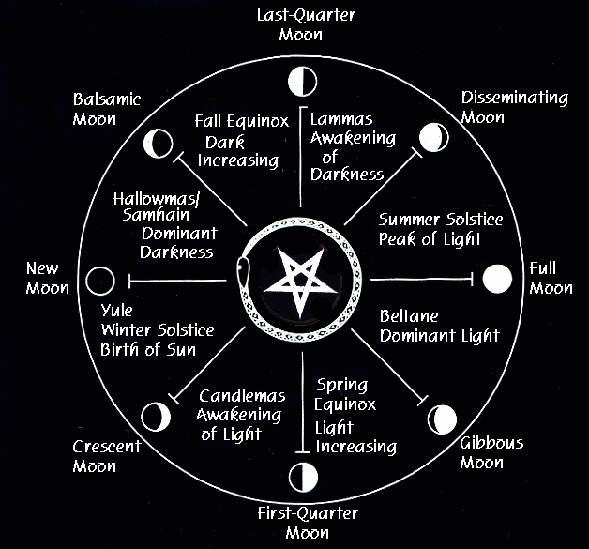










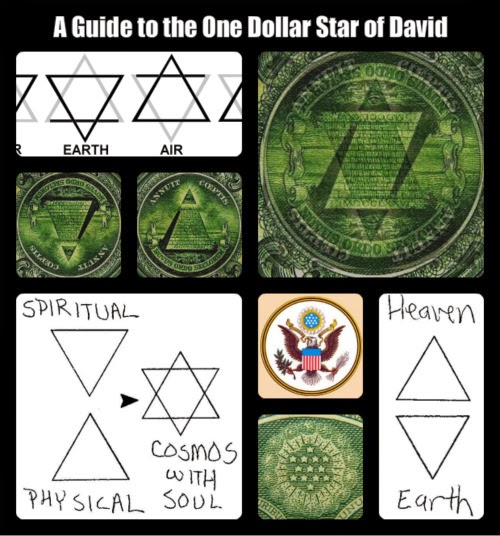

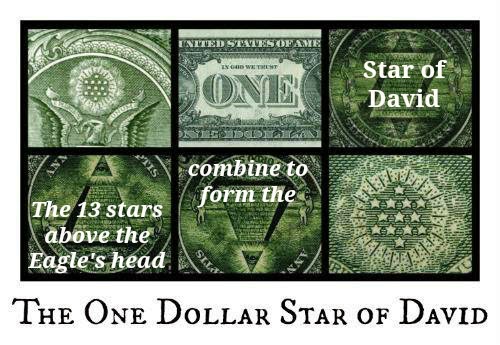
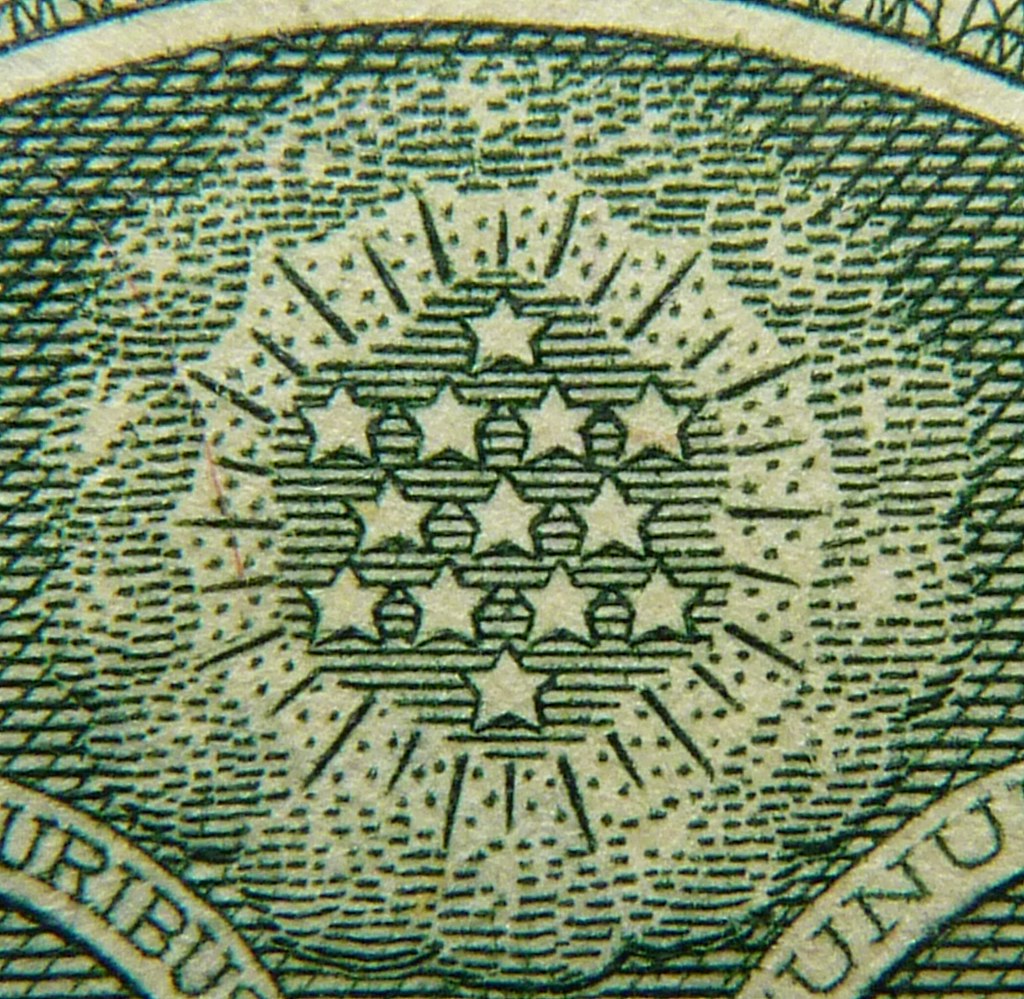

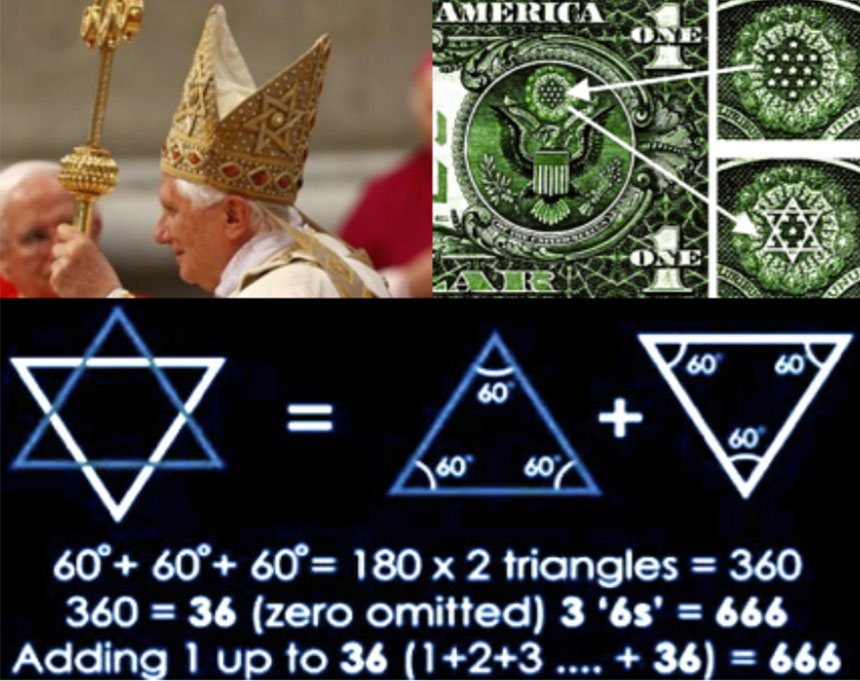

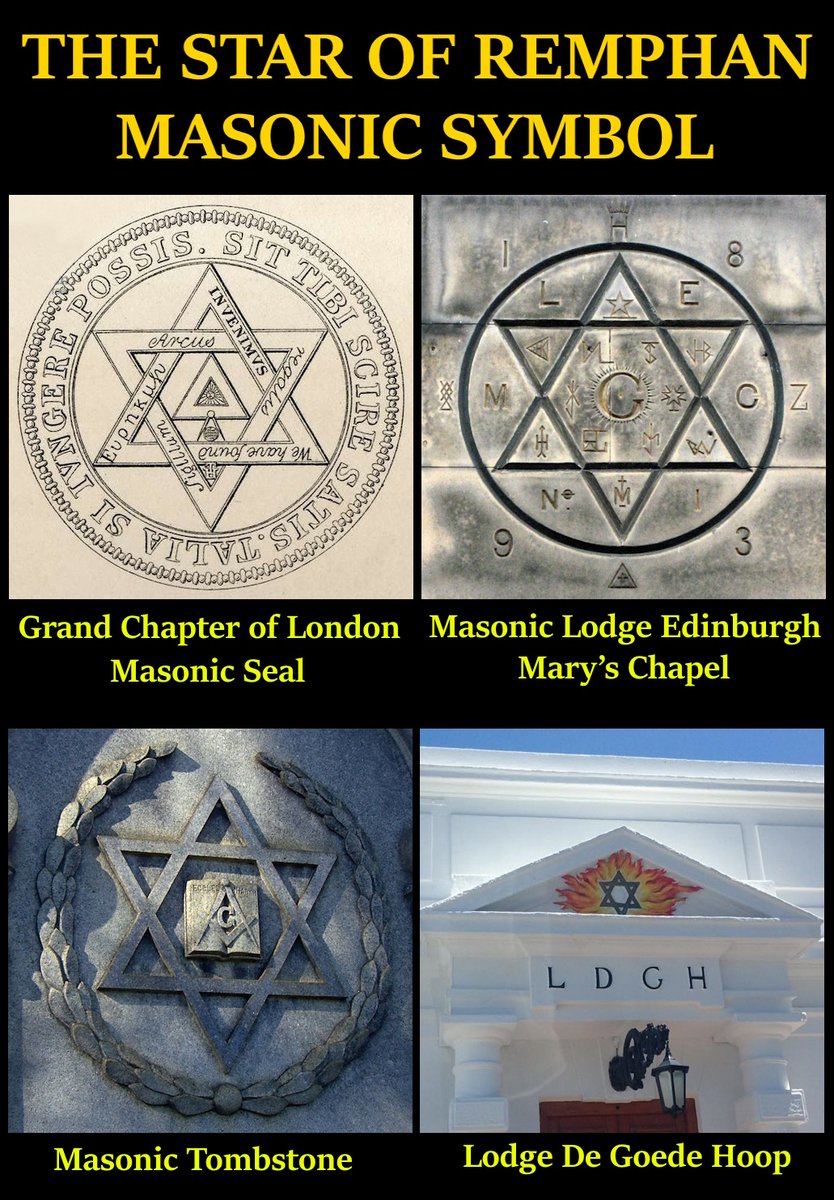



 archivo
archivo
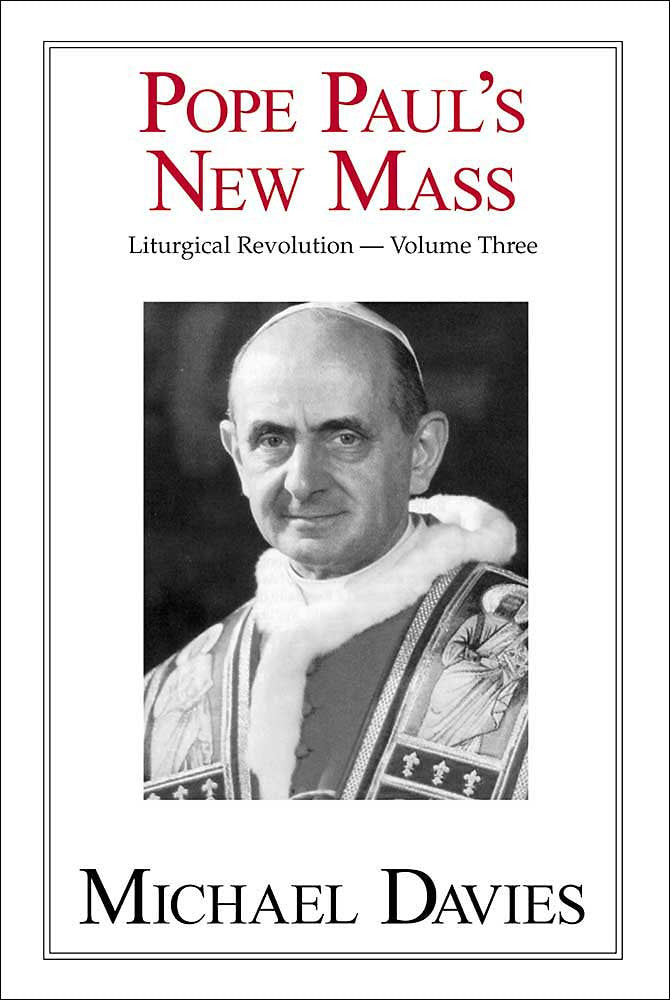


 Flip
Flip


